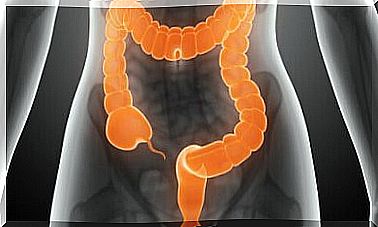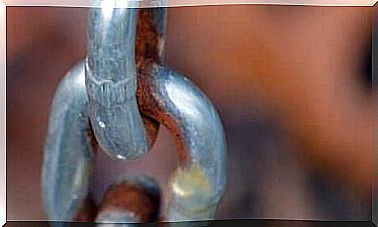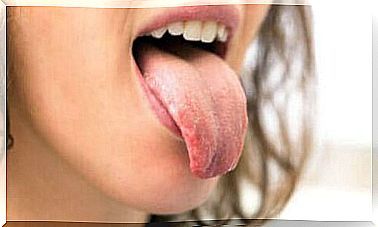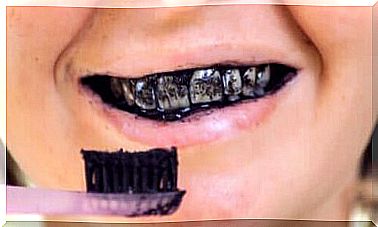Treatment Of Lyme Disease

The treatment of Lyme disease has been a major topic of discussion recently, as this pathology was not first identified until 1975. The disease in question is an infection caused by a bacterium of the Borrelia family that infects humans through mite bites.
In order to develop this disease, a person must be in contact with these arthropods. Lyme disease is therefore more common in rural areas with abundant forest or mite-inhabited flora. However, this does not mean that all ticks transmit Lyme disease.
The consequences of Lyme disease are serious neurological complications if treatment is not started early. In addition, the drugs available vary depending on the age of the process and the severity of the course of the disease. In this article, we want to explain in more detail what the treatment of Lyme disease consists of.
What is Lyme disease?
Before we start talking about the treatment of Lyme disease, let’s first look at what kind of disease it is. As we already mentioned, it is a bacterial infection that is transmitted through the bite of certain ticks.
After the bite, a small bump appears on the skin that disappears over the next few days. Later, a rash or eczema usually appears on the skin, which spreads gradually. This rash does not itch or make it sore, but it can change location. This condition is commonly referred to by doctors as erythema migrans .
Many people also experience general malaise, fever, and headaches. The problem with this disease is that the complications caused by the disease appear even years after its first signs have disappeared in the patient.
For example, patients may experience general joint pain, especially in the knees. Symptoms may progress to meningitis, unilateral facial paralysis, or limb weakness. In some cases, the heart rhythm may also change or memory may deteriorate.
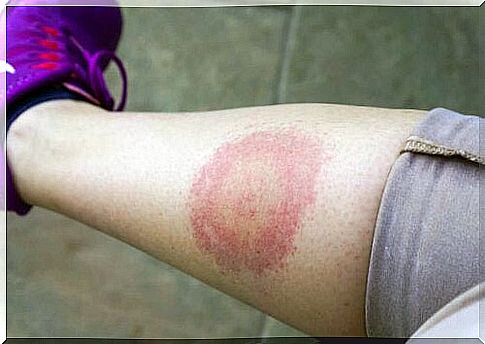
What does the treatment for Lyme disease consist of?
Treatment for Lyme disease must be early because it is the most effective way to avoid all the complications we mentioned above. Because it is a bacterial infection, the drugs used to treat the disease are antibiotics.
Both the type of treatment chosen and the results obtained depend largely on the severity of the infection and when Lyme disease was detected. This claim is supported, inter alia, by an article published in the Colombian medical journal Acta de Medicina Colombiana, which states that as the disease progresses, the results obtained through treatment are generally less satisfactory than in mild cases.
Treatment of early-onset Lyme disease
When an infection is found at an early stage, treatment can usually be started with oral antibiotics. The most commonly used antibiotics are tetracyclines, especially doxycycline. The dose used is 200 milligrams a day, depending on the patient, for 21 to 30 days.
However, according to a study published on the National Library of Medicine in the United States, there are special situations in which doxycycline cannot be used. For example, in children and pregnant women, doctors must seek other treatments, as the side effects of this antibiotic can be dangerous for the child and pregnant women. For children under 9 years of age, it is recommended that other types of antibiotics, such as penicillins, be used.
On the other hand, in the case of pregnant women or very young babies, it would be most ideal to use amoxicillin or cefuroxime. Recent publications on the subject also suggest that a course of less than 21 days in the treatment of Lyme disease has proven to be sufficiently effective.
Treatment of Lyme disease in late-onset and most severe cases
When the diagnosis is made too late and the disease is already advanced, the drugs used for Lyme disease are different. The most common in these cases is the use of doxycycline. The difference from the previous step is that it has to be administered to the patient directly intravenously as well as for longer periods of time, as the infection has already settled in the tissues of the body and spread.
The same thing happens when a patient has already experienced complications, especially in the central nervous system. The patient may be suffering from unilateral facial paralysis or meningitis. In this situation, the patient should also be given intravenous antibiotics.
The most commonly used drugs to treat these complications are cephalosporins. While the prognosis is good, the approach needs to be determined as soon as possible. Therefore, even in people where the drugs work, the symptoms of the disease itself may still continue over time.

Early treatment to reduce complications
Treatment for Lyme disease should be started as early as possible because of the high risk of neurological consequences or joint complications. The drugs used are antibiotics.
When the infection is detected at an early stage and its symptoms are mild, the patient is normally given oral antibiotics, most commonly doxycycline. However, it is better for children and pregnant women to switch to this antibiotic for penicillins such as amoxicillin due to its possible side effects. In the late stages, the medicine must be given to the patient intravenously.
The most important thing is always the prevention of pathology. Therefore, if possible, avoid environments where ticks have occurred and always carry out a careful tick inspection on all family members and pets after moving in areas with a tick warning. Even very simple measures help reduce the risk of infection.


